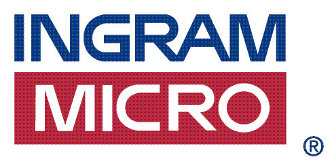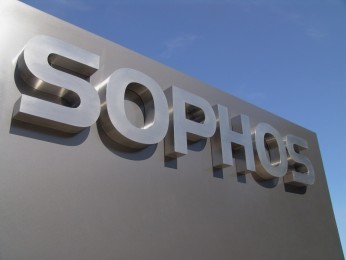 The maker of expensive printer ink HP has fast discovered the problems of hacking off the Channel.
The maker of expensive printer ink HP has fast discovered the problems of hacking off the Channel.
For a number of years now, HP has had a problem in that its direct-selling sales teams have been nicking deals from their channel partners. While this has been good for the company in the short term, it has led some resellers to wonder why they should line up deals, when HP would just nick them from underneath them.
We reported on HP’s channel conference here, and here.
Unsure if it was going to keep its hardware business, HP did not seem that keen to tackle the problem. After all if Leo Apotheker’s plan paid off, then there was little reason to care about hardware partners, as they were going to be dealing with a new business, who would presumably be kinder.
As a result hardware sales dropped, in part because of the lack of morale of HP’s hardware partners. More than 70 percent of HP’s sales are delivered through its channel.
All that changed when the new CEO and president Meg Whitman decided to keep HP’s hardware business. She realised that without a fully functioning channel, the whole business was rubbish.
She ordered the company to develop better rules of engagement for HP’s direct sales team which did not step on the toes of the channel.
Speaking to the recent Global Partner Conference, Whitman said that partners had “literally built” HP’s business over the years, and she warned that any move which took business away from the HP channel and going direct would not be tolerated.
“Everyone in the HP organisation is crystal clear on the behaviour we expect. I am holding myself and the executives accountable for that,” she added.
But that did not mean that HP was going to close down its direct sales operations. Indeed the rules that Whiteman has been pushing forward might be hard to implement.
Her view was there are accounts that HP will take direct, but there must be “no mystery” in the process, and that partners who have done months of work on a deal will be paid even if transacted by HP.
The agreement basically makes a few pledges. Partners are not restricted from selling to anyone but the bigger accounts still have to involve an HP field rep.
HP has promised to leave the midmarket to the channel which which is a significant change.
The company’s opportunity registration policies are being used to govern behaviour. If HP accepts a partner’s registration, the company will not sell direct on that opportunity.
HP has set up a “value express pricing” programme, where HP channel partners will be rewarded for the value they provide.
It also has promised for there to be mandatory training on the new rules.
While this sounds good, it is hardly tangible. Under what circumstances would HP take a customer away from its channel partner? How much work would have to be done before a partner got paid?
In fact it might also be difficult for HP to fire sales staff that do pinch deals from partners. While they may be breaking HP’s policies, they are not breaking any laws. Sales teams are not famous being open to what they perceive as rivals when they are looking for commissions.
The only way a channel deal can be protected is if they are go for certifications and will use registration. This makes the deal more open, but it also makes it vulnerable to gazumping by HP’s internal teams.
As Jack Mele, vice president of sales at Data Impressions pointed out, it will only work if the Whiteman’s corporate edict trickles down the way it should.
However it is better than nothing, according to Search IT Channel, many in HP’s channel welcomed the change. Craig Sehi, of Sehi Computer Products said that HP’s new “rules of engagement,” were a welcome relief and was sign that HP is listening to its resellers.
But it is clear that HP has a long way to go before it can calm its jittery channel and get them working together.
 Tyan has launched products aimed at people looking for powerful and cheap computing performance.
Tyan has launched products aimed at people looking for powerful and cheap computing performance.




















